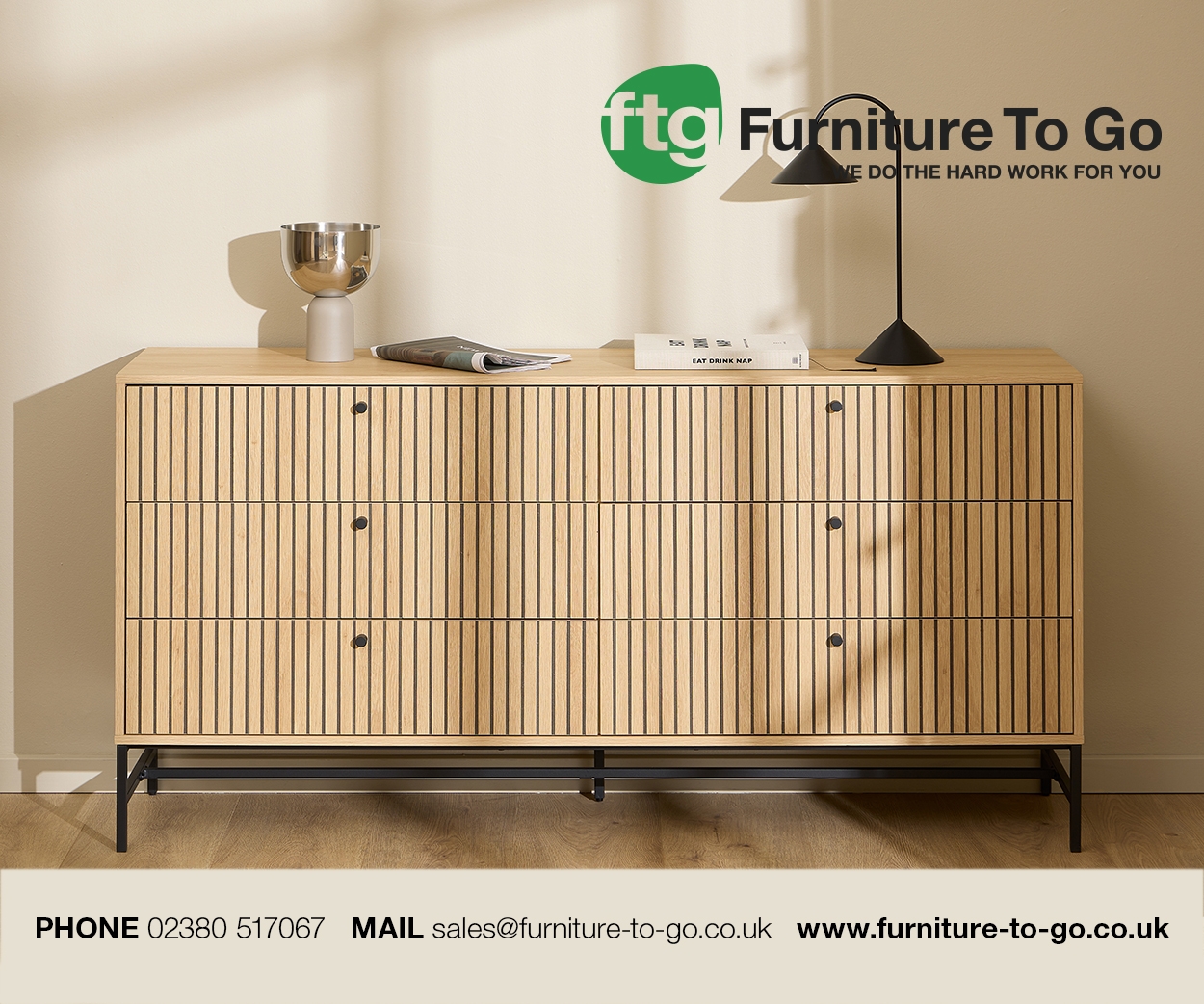When Leggett & Platt’s Mark Quinn and Mark Kinsley saw sprung mattresses falling out of favour with the US consumer, rather than maligning the competition they decided to change the conversation around sleep (with just a word). In this article, Mark Quinn – bed industry veteran, podcaster, and the co-author (with Mark Kinsley) of Come Back to Bed, a new book written to help independent retailers drive footfall and customer loyalty – explains how …
In 2009, Leggett & Platt, the world’s largest producer of innersprings for the mattress industry, found itself in a difficult position.
A few mattress brands had spent hundreds of millions of dollars to convince consumers that innersprings were old technology, and that foam and air beds were better. The erosion of market share was beginning to hurt Leggett’s business, so we had to figure out a way to reverse that trend. Innersprings needed to be ‘the cool kid’ again.
It was time for Leggett & Platt to position itself not just as a wire-bender, but as a thought leader in the mattress industry. When competitors are beating you up on price every day, you have to get creative. It was time for us to step up and step out.
I remember sitting around a conference table at Leggett’s corporate headquarters in Carthage, Missouri, and Mark Kinsley (now the president and CEO of US mattress business Englander) asking me, “what’s the conversation around innersprings?” I told him the narrative with the most traction was “springs suck and foam’s great”.
He said we had to change the conversation, noting: “The worst comeback when someone says you suck is ‘no I don’t – you suck.’ People are convinced springs are squeaky old technology. We can’t try to say we’re better. We have to change the conversation.”
I remember watching a golf tournament on Sunday morning and seeing a great commercial about hybrid golf clubs. Another ad celebrated the newest hybrid car. At that moment, I heard a gong go off in my brain. I jumped up and started making notes.
For years, mattresses had been made with both springs and foam. It wasn’t an either/or proposition – together, springs and foam were better. Together, they were a hybrid. That language was familiar to consumers, and we thought people would understand it.
We asked retail sales associates (RSAs) to use the term ‘hybrid mattress’ in the selling process and tell us their observations. The RSAs reported back that people understood the term, it increased their average ticket, and from door-to-desk it shortened the sales cycle.
Our team also did an internet sweep and discovered that nobody was using the term ‘hybrid’ to define a mattress. A search audit showed (US industry magazine) Furniture Today had never used it. This left things wide open for us to define hybrid mattresses in a way that served Leggett & Platt.
We created our own category. The language freshened things up and gave bedding producers and retailers a new way to talk about the latest sleep technology. And we positioned Leggett & Platt’s Comfort Core innersprings among the heroes of the story.
The RSAs liked hybrids and consumers understood the term, so we knew we were onto something. The question was, how could we get an entire industry to adopt our new way of thinking? Naturally, we decided to make a rap video.
Through a partnership with Second City Communications out of Chicago, we created a rap video about hybrid mattresses called Get Hybrid (take a look – it’s worth the two minutes and 56 seconds, I swear). We think you’ll agree that it is, without a doubt, the best mattress rap video ever produced.
That Get Hybrid video was like a Super Bowl commercial. It was a large part of a broader strategy to push major mattress manufacturers into using the term ‘hybrid’. One year after the campaign launched, Sealy aired a national television ad with a product called the Sealy Hybrid, becoming the first major retailer to embrace the new category, and validating our strategy.
The hybrid mattress was eventually adopted by every major bedding producer, including some of the companies that had been attacking springs for years. Hybrids soon became the fastest-growing and most profitable segment in the industry.
The results were measurable. We had reversed the erosion. Leggett was no longer losing market share, and innersprings outpaced specialty foams for nine out of the next 10 quarters, generating millions in sales and profits.
The strategy wasn’t entirely without risk, but Leggett said yes to the idea and it paid off big. Our business shot up by over +30%, bringing millions in profit to the company and to our customers, the bedding producers that jumped on the hybrid train. We were able to do all this not by attacking our competitors, but because we changed the conversation.
If you want to ignore your problems, there are 1001 ways to justify inaction, but we know where that leads. Be bold. Take action.
Mark’s book – Come Back to Bed: Attract More Foot Traffic and Make People Fall in Love with Your Store – is available on Amazon. Mark is the co-founder of Spink & Co, Farm-Grown Beds, and the VP of key accounts and marketing for Sherwood Bedding. Co-author Mark Kinsley is president and CEO of Englander, a top-15 US mattress company. Together, they co-host Dos Marcos, 'The Galaxy’s Greatest Mattress Podcast'.











